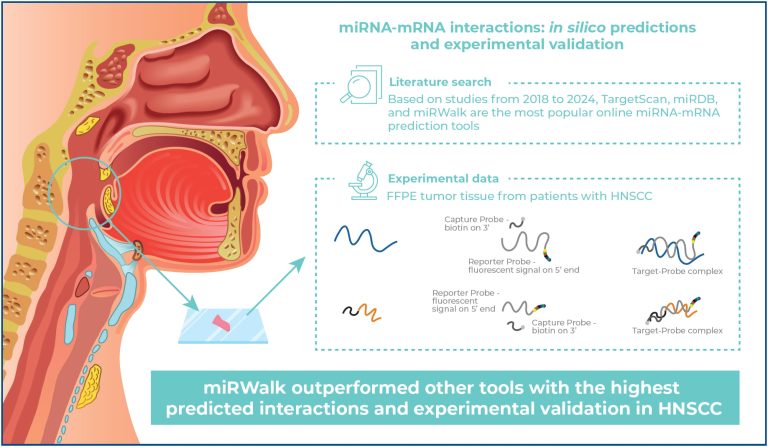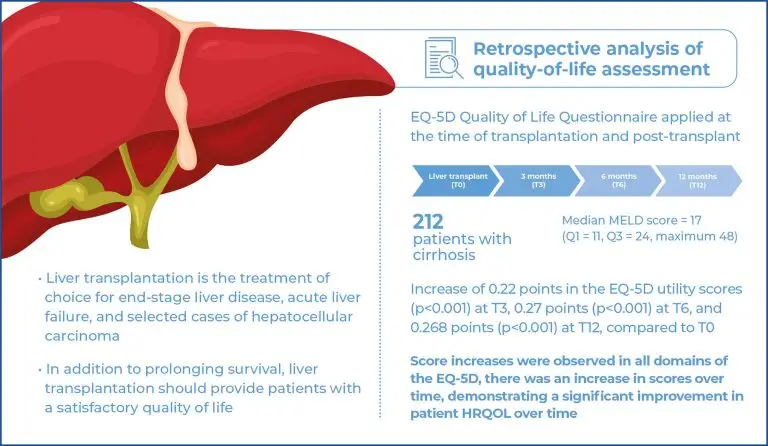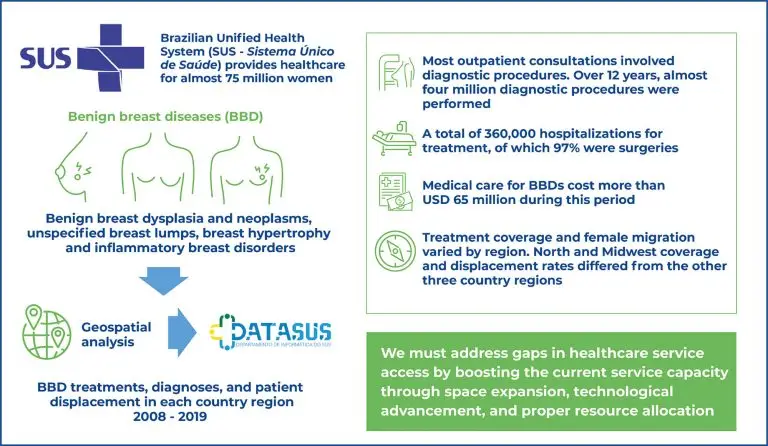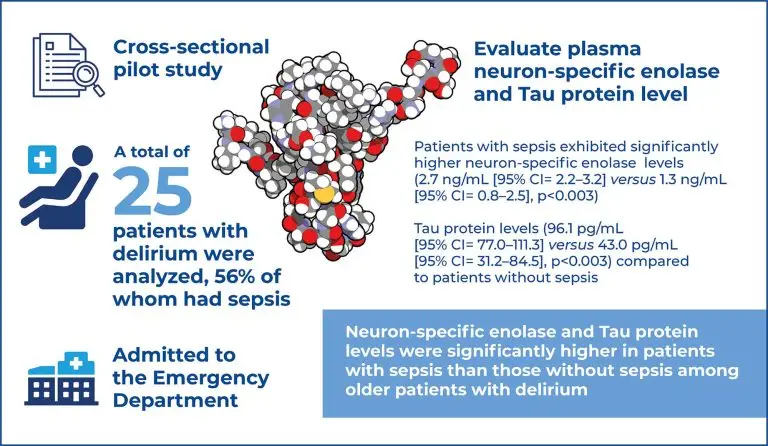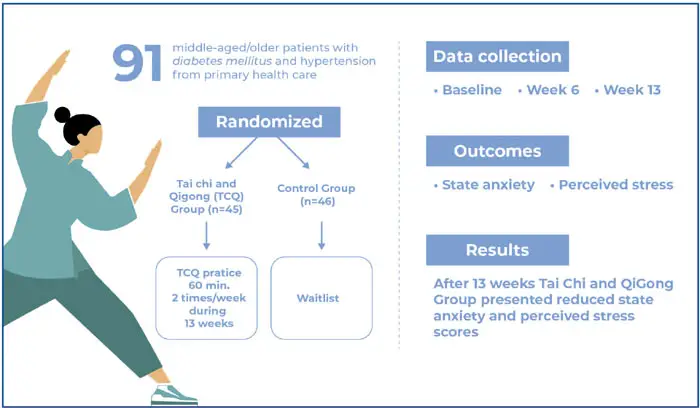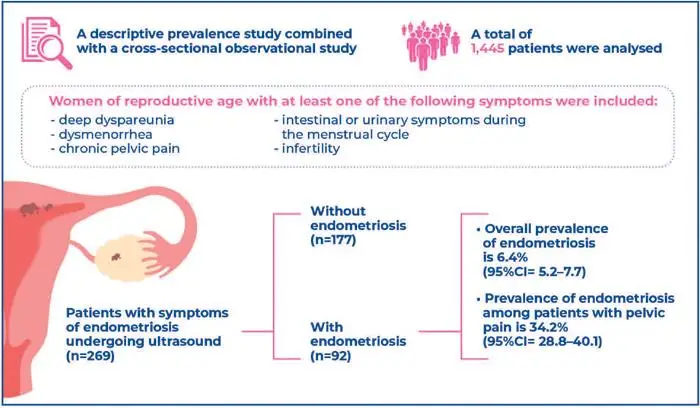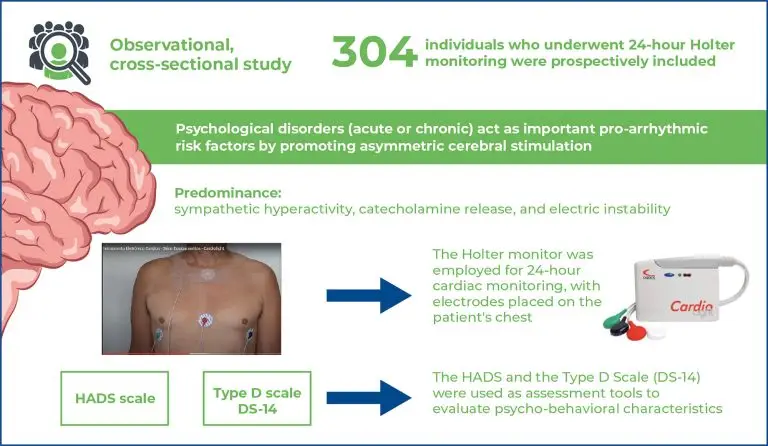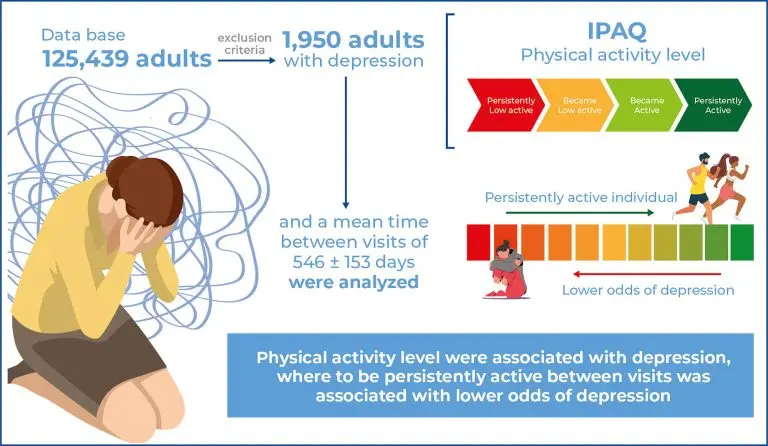07/Apr/2025
Comparative analysis of miRNA-mRNA interaction prediction tools based on experimental head and neck cancer data
DOI: 10.31744/einstein_journal/2025AO1372
Highlights ■ miRWalk had the highest predicted interactions and validated miRNA networks in HNSCC. ■ Around 3.3% of interactions overlapped across tools, emphasizing the need for multitool approaches. ■ Dysregulated genes and miRNAs were tied to cancerdriving PI3K-Akt and Wnt pathways. ■ The validated approach highlights the importance of integrating computational and molecular data. ABSTRACT Objective: Head and neck squamous cell carcinoma (HNSCC) has a poor prognosis largely due to late diagnosis and a lack of reliable biomarkers. MicroRNAs (miRNAs), […]
Keywords: Algorithms; Biomarkers; Computational biology; Gene expression; MicroRNAs; Squamous cell carcinoma of head and neck; Target prediction tool
28/Mar/2025
Impact of liver transplantation on the quality of life of a cohort of high-risk recipients
DOI: 10.31744/einstein_journal/2025AO0565
Highlights ■ Liver transplantation improves health-related quality of life in patients with cirrhosis and high MELD scores. ■ Significant health-related quality of life improvements occur within three months of transplantation. ■ Multidisciplinary care programs enhance post-iver transplantation physical and mental recovery. ■ Sustained health-related quality of life gains highlight the long-term benefits of liver transplantation. ABSTRACT Objective: To assess the effects of liver transplantation on the health-related quality of life of patients with cirrhosis on the waiting list for transplantation. […]
Keywords: Alcoholism; Health status; Liver cirrhosis; Liver transplantation; Morbidity; Quality of life; Surveys and questionnaires; Waiting list
28/Mar/2025
Assessing webcam-based eye-tracking during comic reading in the classroom: a feasibility study
DOI: 10.31744/einstein_journal/2025AO0911
Highlights ■ Webcam-based eye tracking demonstrated feasibility for monitoring reading behavior in classrooms. ■ Webcam-based eye tracking captured fixation times, showing differing reading speeds across comic sections. ■ Webcam-based eye tracking showed accuracy comparable to infrared-based systems, despite lower precision. ■ Limitations resulting in data loss underscore the need for methodological improvements. ABSTRACT Objective: To evaluate the feasibility and accuracy of webcam-based eye tracking for monitoring comic books reading behavior in a real-world classroom setting. Methods: We tested the feasibility […]
Keywords: Comics; Eye-tracking technology; Method comparison; Reading patterns; Usability evaluation
28/Mar/2025
Brazil’s benign breast disease care profile and geospatial analysis
DOI: 10.31744/einstein_journal/2025AO1132
Highlights ■ Most outpatient consultations comprised diagnostic procedures. ■ In the past 12 years, medical care for benign breast diseases has cost >USD 65 million. ■ Women from North and Midwest Brazil had higher diagnosis and treatment displacement rates. ABSTRACT Objective: To quantitatively and geospatially analyze coverage and displacement for the diagnosis and treatment of benign breast diseases in the Brazilian Unified Health System between 2008 and 2019. Methods: Datasets from the Brazilian Ministry of Health were used to survey […]
Keywords: Brazil; Breast diseases; Breast neoplasms; Demography; Epidemiology; Health expenditures; Healthcare costs; Hospitalization; Incidence; Primary healthcare; Public health; Strategy planning; Unified Health System
28/Mar/2025
Neuron-specific enolase and Tau protein as biomarkers for sepsis-associated delirium: a cross-sectional pilot study
einstein (São Paulo). 28/Mar/2025;23:eAO1244.
View Article28/Mar/2025
Neuron-specific enolase and Tau protein as biomarkers for sepsis-associated delirium: a cross-sectional pilot study
DOI: 10.31744/einstein_journal/2025AO1244
Highlights ■ Biomarkers of brain injury, such as neuron-specific enolase and Tau proteins, are higher in older patients with sepsis and delirium. ■ Diagnosing sepsis in patients with delirium can be challenging. ■ Early identification of sepsis is key to managing sepsisassociated delirium. ABSTRACT Objective: Sepsis-associated delirium is a common cerebral manifestation in patients with sepsis, potentially caused by a combination of neuroinflammation and other neurophysiological disorders. This study investigated the expression of neuron-specific enolase and Tau protein as biomarkers […]
Keywords: Biomarkers; Delirium; Emergency medicine; Neuroinflammatory diseases; Sepsis
17/Mar/2025
Effects of 3′-sialyllactose, saliva, and colostrum on Candida albicans biofilms
DOI: 10.31744/einstein_journal/2025AO0663
Highlights ■ Candidiasis can present as localized or systemic infections. Disseminated infections in newborns and adults can be life-threatening, with high mortality and morbidity rates (40–60%), and rank as the fourth most common type of nosocomial infection. ■ Oral candidiasis is a local condition affecting 10-15% of children in their first months of life. ■ Saliva and 3’-sialyllactose can disrupt the initial development of Candida albicans biofilm. ■ The effect of colostrum needs to be elucidated because it may hinder […]
Keywords: 3'Sialyllactose; Biofilm; Candida albicans; Colostrum; Saliva
17/Mar/2025
Effects of Tai Chi and Qigong intervention on anxiety and stress in diabetic and hypertensive Brazilian patients: a randomized controlled trial
einstein (São Paulo). 17/Mar/2025;23:eAO1076.
View Article17/Mar/2025
Effects of Tai Chi and Qigong intervention on anxiety and stress in diabetic and hypertensive Brazilian patients: a randomized controlled trial
DOI: 10.31744/einstein_journal/2025AO1076
Highlights ■ A 13-week Tai Chi/Qigong program significantly reducedanxiety and stress in Brazilian patients with diabetes and hypertension. ■ Tai Chi/Qigong offers an effective complementary therapy to improve health outcomes in primary care settings. ■ This study highlights the potential of Tai Chi/Qigong for enhancing mental and physical well-being in chronic disease management. ABSTRACT Objective: This study investigated the effects of Tai Chi/Qigong practice over 13 weeks on anxiety and perceived stress levels in middle-aged or older Brazilian hypertensive and […]
Keywords: Aged; Anxiety; Complementary therapeutic methods; Diabetes mellitus; Hypertension; Middle aged; Outcome assessment (Health care); Perceived stress scale; Primary Health Care; Qigong; Stress, psychological; Tai ji
17/Mar/2025
Epidemiology with real-world data: deep endometriosis in women of reproductive age
DOI: 10.31744/einstein_journal/2025AO1259
Highlights ■ This study represents the first investigation into the prevalence of deep endometriosis within outpatient services. ■ Utilizing real-world data, this study explores the prevalence of endometriosis. ■ The prevalence of endometriosis among women of reproductive age is 6.4% (based on real-world data). ■ The prevalence of endometriosis in women experiencing pelvic pain is 34.2%. ■ Infertility is 6.5 times more common in women diagnosed with endometriosis. ■ The presence of palpable posterior cul-de-sac nodules or a retroverted uterus […]
Keywords: Diagnostic imaging; Endometriosis; Gynecological examination; Pelvic pain; Prevalence
14/Mar/2025
Is self-perception of cardiac symptoms related to the psychological profile of patients? A cross-sectional study of individuals undergoing 24-hour Holter monitoring
einstein (São Paulo). 14/Mar/2025;23:eAO0742.
View Article14/Mar/2025
Is self-perception of cardiac symptoms related to the psychological profile of patients? A cross-sectional study of individuals undergoing 24-hour Holter monitoring
DOI: 10.31744/einstein_journal/2025AO0742
Highlights ■ Self-reported cardiac symptoms not associated with arrhythmias. ■ High prevalence of anxiety and depression symptoms. ■ Anxiety was correlated with self-reported cardiac symptoms. ABSTRACT Objective: This study aimed to examine the presence of psychological characteristics and their association with self-reported cardiac symptoms in individuals undergoing 24- hour Holter monitoring. Methods: This observational cross-sectional study included 304 individuals who consecutively underwent 24-hour Holter monitoring. Clinical, demographic, and electrocardiographic data were collected. Psycho-behavioral characteristics were assessed using the Hospital Anxiety […]
Keywords: Anxiety; Arrhythmias, Cardiac; Electrocardiography; Electrocardiography, ambulatory; Heart diseases; Holtermonitoring; Mental Health; Monitoring, physiologic
14/Mar/2025
Are changes in physical activity associated with depression? A follow-up study of 1,950 individuals
DOI: 10.31744/einstein_journal/2025AO1128
Highlights ■ Persistently active individuals have strong independent protective factors against depression. ■ BMI (kg/m2) is an independent risk factor for depression. ■ Individuals with depression at follow-up were older than those without depression. ■ Perceived stress is a strong independent risk factor for depression. ABSTRACT Objective: To evaluate the association between changes in physical activity and depression in 1,950 Brazilians. Methods: This follow-up study included 1,950 Brazilians, aged ≥18 years, of both sexes, who participated in a health screening […]
Keywords: Depression; Exercise; Exercise therapy; Lifestyle; Sedentary behavior; Surveys and questionnaires


